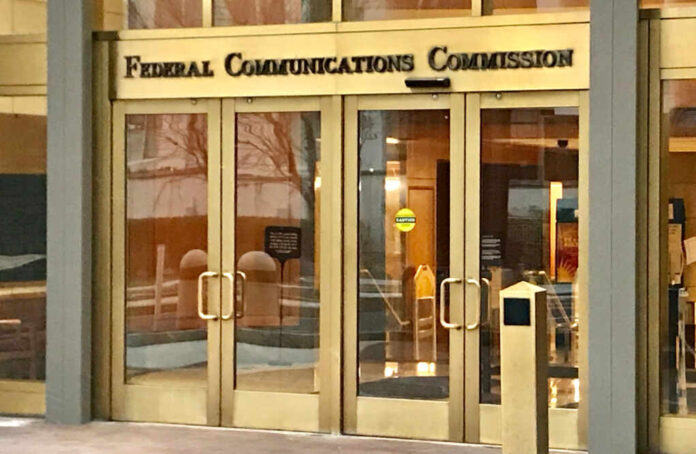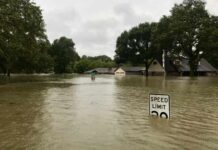
The Federal Communication Commission wants to bolster emergency response by proposing new measures to enhance the accuracy of 911 location data.
At a Glance
- The FCC proposed regulations to improve 911 service accuracy for first responders.
- The proposal mandates precise horizontal and vertical location data from providers.
- Public safety authorities find current vertical data insufficiently precise.
- The proposal suggests using Height Above Ground Level for better location metrics.
FCC’s Commitment to Improved Location Accuracy
The FCC’s recent proposal focuses on enhancing 911 service location accuracy to aid first responders. This would require wireless carriers to deliver more exact horizontal and vertical metrics for emergency calls, addressing multistory building challenges. The FCC’s emphasis is on improving the precision of vertical location information, deemed inadequate by public safety officials. The changes leverage technologies currently available but underutilized, ensuring emergency responders can locate callers efficiently.
Such improvements are critical in emergency contexts, ensuring that both victims and responders are efficiently located. By implementing Height Above Ground Level (AGL) measurements, the proposal aims to provide actionable, real-time information to first responders. This shift may significantly impact response times in crises, particularly in dense urban environments, where precise floor-level accuracy is crucial.
Proposal Details and Industry Impact
The FCC suggests adopting AGL over the less practical Height Above Ellipsoid (HAE) measure, facilitating clearer location data. A thorough industry test bed would confirm vertical information efficacy across various settings—urban, suburban, and rural—preventing reliance on average performance statistics. This would ensure smaller service providers and broad public safety organizations benefit from comprehensive environmental data.
Wireless carriers would supply detailed data for accurate emergency dispatching. Public safety authorities could challenge the technology’s validity within the test bed, enhancing accountability. These efforts are expected to fortify overall emergency response capabilities and ensure the country’s dedication to technological advancements in safety.
What’s Next
The Commission encourages public feedback on improving dispatchable location data and accuracy, including text-to-911 services. By gathering input, the FCC aims to refine these regulations, aligning with previous efforts to upgrade emergency infrastructure across the U.S. Such advancements prioritize public safety and exhibit a conservative commitment to leveraging technology to serve citizens better at crucial times.
FCC Chairman Brendan Carr emphasized how critical such improvements are in emergency contexts, ensuring that both victims and responders are efficiently located. By implementing Height Above Ground Level (AGL) measurements, the proposal aims to provide actionable, real-time information to first responders. This shift may significantly impact response times in crises, particularly in dense urban environments, where precise floor-level accuracy is crucial.

























